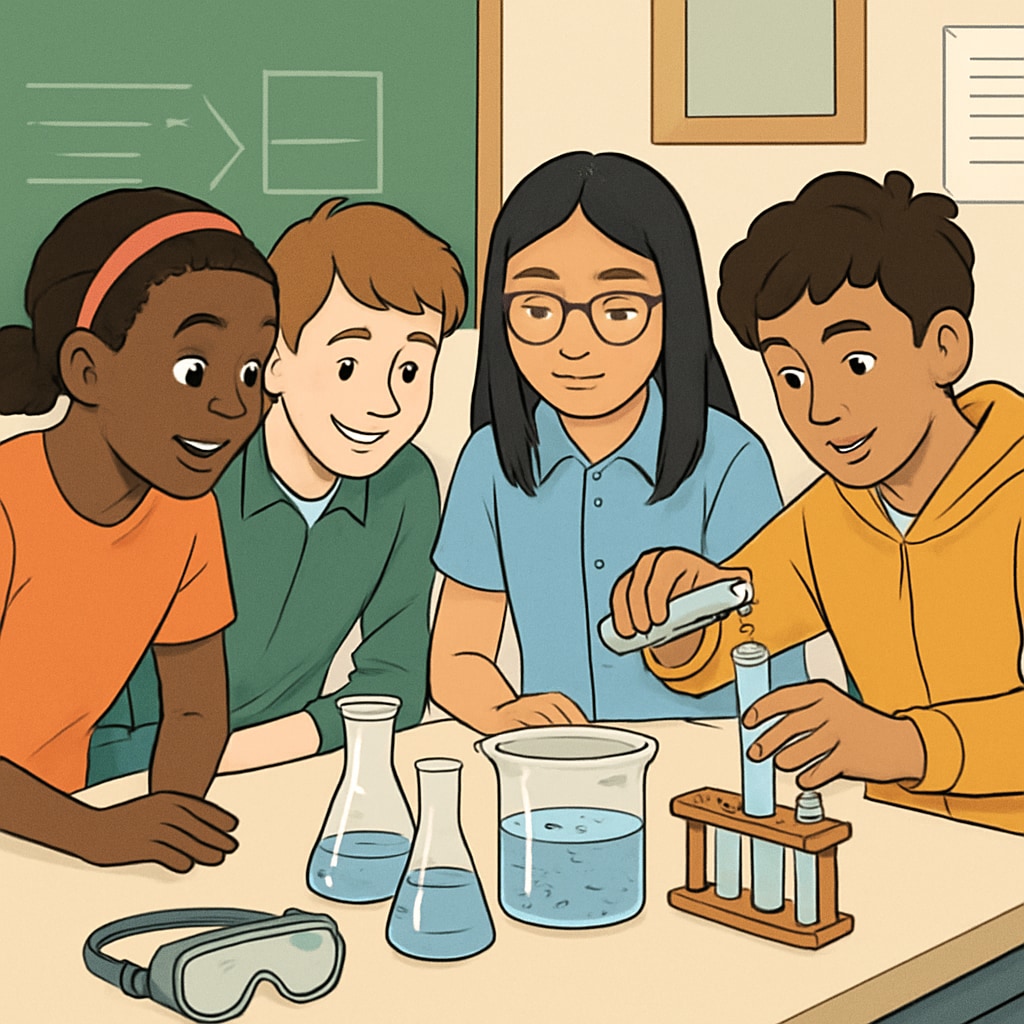The OpenSciEd Community is emerging as a transformative platform for middle school educators, offering collaborative opportunities to improve science education. Designed to address the challenges of K12 science instruction, OpenSciEd provides educators with accessible, high-quality materials and a space for meaningful dialogue. By fostering a culture of sharing and innovation, this community is setting new standards for science education while empowering teachers to engage students in deeper, more interactive learning experiences.
The Origins and Mission of the OpenSciEd Community
OpenSciEd was born out of the need to bridge the gap in equitable science resources for middle school educators. Education leaders recognized that traditional curricula often lack the adaptability and inclusivity required to meet diverse classroom needs. OpenSciEd responds by developing free, research-based instructional materials tailored to align with Next Generation Science Standards (NGSS). Beyond curriculum creation, the community aims to promote collaboration among educators, enabling them to exchange best practices and insights.

Empowering Educators Through Collaboration
One of the standout features of the OpenSciEd Community is its emphasis on collaboration. Teachers from diverse backgrounds can share ideas, lessons, and feedback, enriching the collective teaching experience. This collaborative approach not only enhances individual classroom practices but also contributes to the overall refinement of educational materials.
Key benefits of OpenSciEd’s collaborative model include:
- Access to peer-reviewed teaching materials
- Opportunities for professional development
- Fostering innovation through shared experiences
- Creating a supportive network for educators

Transforming K12 Science Education
The OpenSciEd Community is playing a pivotal role in reshaping science education practices. Its resources are designed to make science learning more engaging, inquiry-based, and relevant to real-world applications. By emphasizing phenomena-driven lessons, students gain a deeper understanding of scientific concepts while developing critical thinking and problem-solving skills.
For example, OpenSciEd provides modules that explore topics like climate change, genetics, and energy systems, connecting classroom learning to global challenges. This approach empowers students to see science as a tool for addressing complex issues, inspiring future generations of problem-solvers and innovators.
Additionally, OpenSciEd’s commitment to accessibility ensures that schools across varying socioeconomic contexts can benefit from its resources. By removing financial barriers, the community contributes to closing the education equity gap, making quality science education available to all.
Looking Ahead: The Future of OpenSciEd
As OpenSciEd continues to grow, its impact on K12 science education becomes more evident. The community is expanding its offerings to include high school curricula, further broadening its reach and influence. Moreover, partnerships with organizations like Next Generation Science Standards on Britannica and Wikipedia’s Science Education are strengthening its foundation, ensuring alignment with global benchmarks.
In addition, OpenSciEd is exploring opportunities to integrate technology into its resources, such as interactive simulations and virtual labs. These advancements promise to elevate science learning experiences, making them even more engaging and immersive for students.
Ultimately, the OpenSciEd Community represents a bold step forward in science education. By fostering collaboration, equity, and innovation, it is creating a model that other education initiatives can follow. Educators, students, and policymakers alike can look to OpenSciEd as a beacon of transformative potential in the field of science education.


